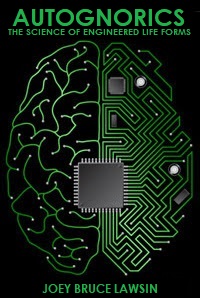
Similarly, the hows and whys of Consciousness can also be addressed.
The Hows of consciousness can be explained based on the Degrees of Sensitivity, namely:
- Alive = self-consumes energy without the need for neural or aneural reasoning.
- Aware = sends and receives signals using sensors without the need for self-neural or aneural reasoning.
- Intuitive = chooses this or that without the need for self-neural or aneural reasoning.
- Conscious = match things with things without the need for self-neural or aneural reasoning.
- Inlearn = acquires information fed by external sources.
- Living = processes internal decisions and controls.
- Life = the emergence of Self or the essence of Being.
Inscription or Inscripting can also be found in the mirror equation, gravitational formula, the Pi, Pythagorean theorem, and the Inverse Hello to name a few. Inscription is a natural phenomenon based on mathematics and structural forms or geometrical designs. This non-mental ability of an object to store information is a form of an Intuitive Aneural Network. When information is stored permanently, the object then has the tendency to become intuitive.
Now, why does consciousness exists? What is the purpose of consciousness? Technically, the purpose of consciousness is to differentiate things by association. When this matching reaction becomes complex and compounded, the algorithmic behaviors or self-animation turns into mechanical aneural consciousness and eventually to self-consciousness. In other words, Sequential Instructions give rise to Logical Experiences.
The hard problem now lies in why self-consciousness exists. What is the purpose of self-consciousness? Does it really exist? Read this article and you be the judge!
Aliveness - the ability to consume energy provided by an external source (energy).
Automated - the ability to do certain tasks based on a list of instructions (programs).
Awareness - the ability to interact sensorically with its surrounding (intuitive sensors).
Actuated - the ability to act on itself via external parameters (remote controlled).
Animated - the mechanical ability to inscript itself (embedded inscription on structures).
Aneural - the ability to codify, match, or pair things (associative consciousness).
Logical - the ability to make decisions based on the law of the second option (intuitive).
Inlearn- capacity to possess information (informed).
Living - the ability to process or make decisions.
Self - the ability to live on its own (self-emergence).
About the Author :
 |
-----------------------------------------------------------------------------------------------

No comments:
Post a Comment